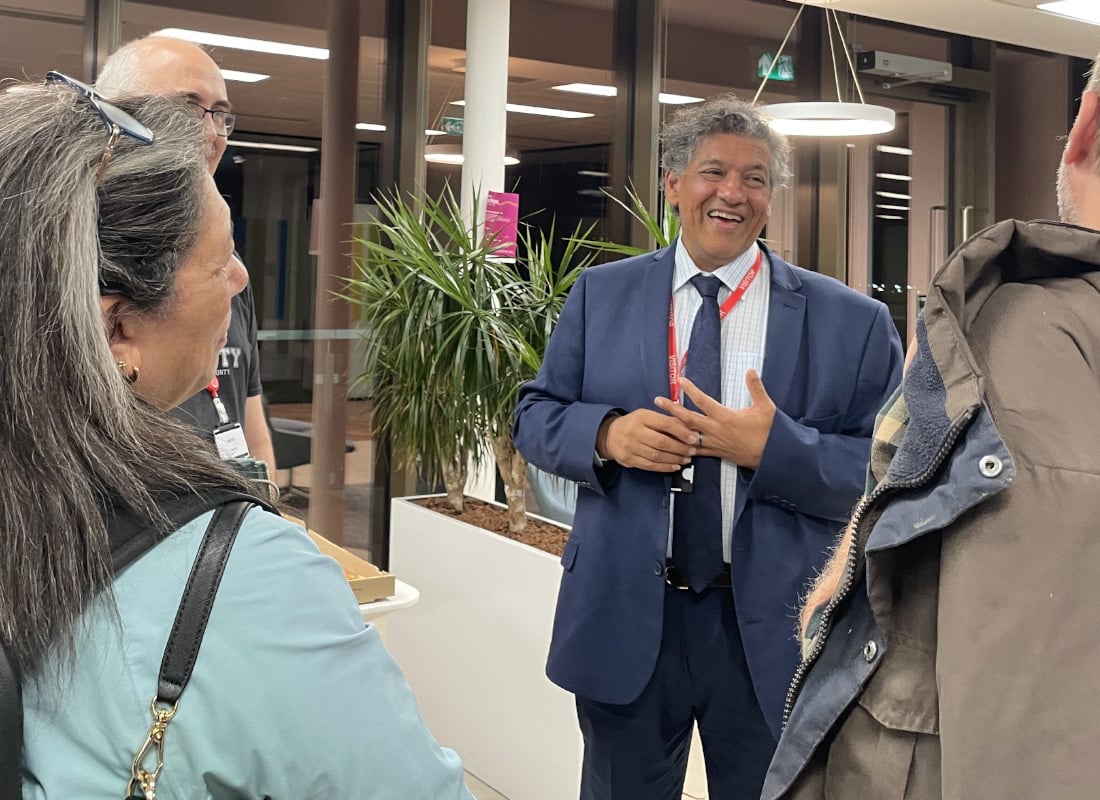Paul Ginsberg from the BCS Neurodiverse IT Specialist Group and Laura Harris, Database Manager at Pepper Money UK, explore ERGs and how businesses can embrace the concept positively.
Employee interest groups, also known as employee resource groups (ERGs), are voluntary, staff-led collectives that aim to enhance workplace culture by connecting individuals with shared identities or interests. These groups are not just social spaces; they are strategic tools that help organisations understand the lived experience of their workforce and respond to it meaningfully.
In sectors like IT, where disabled and neurodivergent people are under-represented, ERGs offer a way to address structural barriers. While 22% of the UK population is disabled — a category that includes many neurodivergent individuals — only 11% of IT professionals identify as such. This gap reflects more than recruitment bias. It highlights systemic issues in retention, support and visibility. An ERG focused on neurodivergence can help close that gap by giving voice to those affected and creating space for change. Other common ERGs include under-represented genders, sexualities and races.
The power of shared experience
For employees, one of the values of an ERG lies in connection. Many neurodivergent people report feeling isolated at work, unsure whether their challenges are unique or shared. An ERG provides clarity. It shows that others think the same way. That recognition is robust. It validates experience and reduces the pressure to mask behaviours or suppress needs.
Support is another benefit. Members share tips, strategies and evidence that help others advocate for adjustments. This collective knowledge makes it harder for employers to dismiss individual concerns as unreasonable or rare. It also allows allies — those who do not identify as neurodivergent but want to learn — to gain insight into issues they might not otherwise encounter. For them, the group offers context-specific learning and a chance to contribute meaningfully.
Why employers should pay attention
Organisations benefit too. ERGs improve retention by making employees feel heard and supported. They boost motivation and engagement, especially when staff can work together on shared challenges. Recruitment also improves. When ERGs are visible outside the organisation, they signal a commitment to inclusion. That widens the talent pool and strengthens the employer’s brand.
These benefits are not speculative. They are documented across sectors. However, they do depend on how the group is structured and supported.
Starting strong: lessons from Pepper Money
At Pepper Money UK, the neurodivergence ERG began with a staff survey. The company already had an LGBTQ+ group. The survey revealed demand for a neurodivergence-focused one. Laura Harris, Database Manager, helped shape its direction. The group settled on two aims: supporting members and raising awareness across the business. They alternate between these goals every month.
For you
Be part of something bigger, join BCS, The Chartered Institute for IT.
Activities vary. Sharing sessions — whether open or closed — allow members and allies to share their stories. These sessions are empowering. They remind participants that behind every job title is a person with a story. Other events include brainstorming solutions to workplace challenges, running quizzes, polls on the intranet, and hosting lunch-and-learn sessions during work hours. These are not add-ons. They are part of the working day.
The group also works with HR to define reasonable adjustments and document them clearly. That guidance helps others navigate similar requests. Recruitment is another focus. By highlighting the diversity of the workforce, the group helps attract candidates who might otherwise overlook the company.
What to consider before you begin
Setting up an ERG requires thought. The group should align with company values to ensure support and avoid conflict. Management backing helps by increasing visibility and impact.
Logistics matter too. Neurodivergent organisers may have different strengths. Some are starters. Others are finishers. Knowing who to involve and when is key. Allies can play a role, but their involvement should be considered carefully.
ADHD Aware, a UK charity, offers a valuable model. It has two chairs — one a neurodivergent person, and one a neurotypical person. That reflects the reality that ADHD does not exist in isolation. It operates within a neurotypical world. Still, some of its support groups are reserved for ADHDers only — context matters.
A tool for change
ERGs are not a cure-all. But they are a practical, human-centred way to improve workplace culture. They help employees to feel seen, employers to understand, and they create space for real change when set up thoughtfully.
Building an ERG is a process which begins with listening, and it succeeds when people work together not just to raise awareness, but to build something better.
Take it further
Interested in this and related topics? Explore BCS' books and courses:












